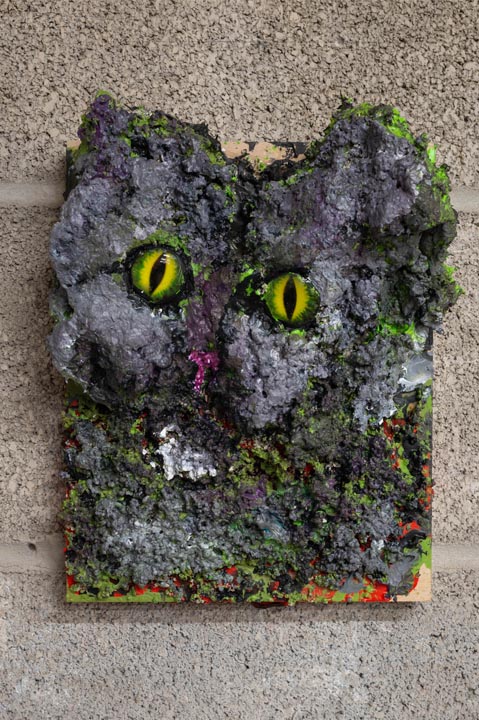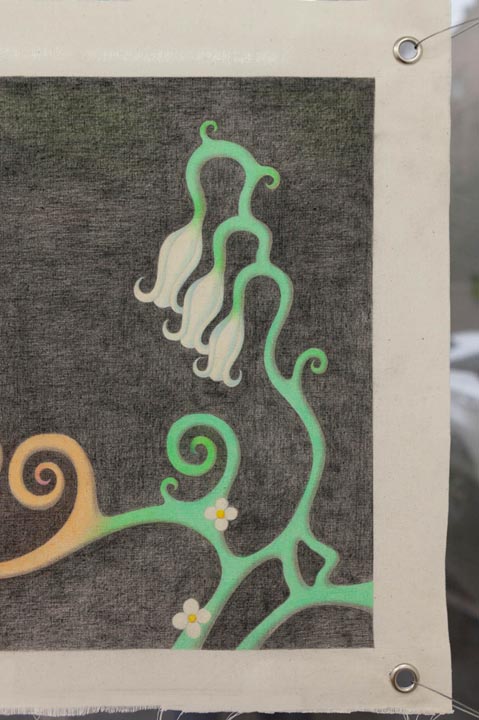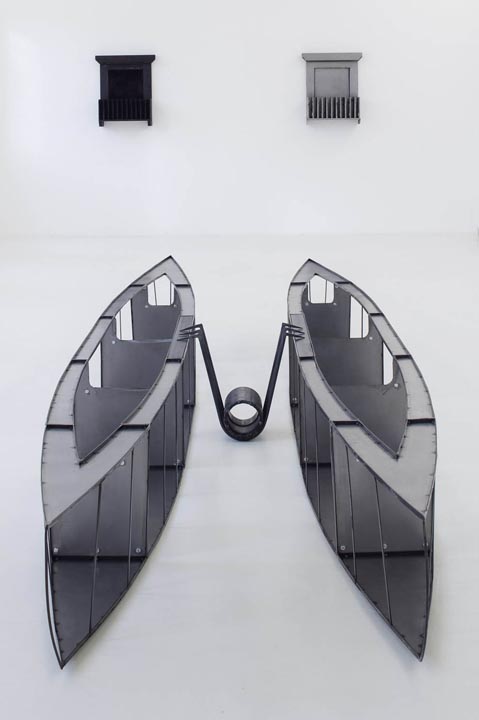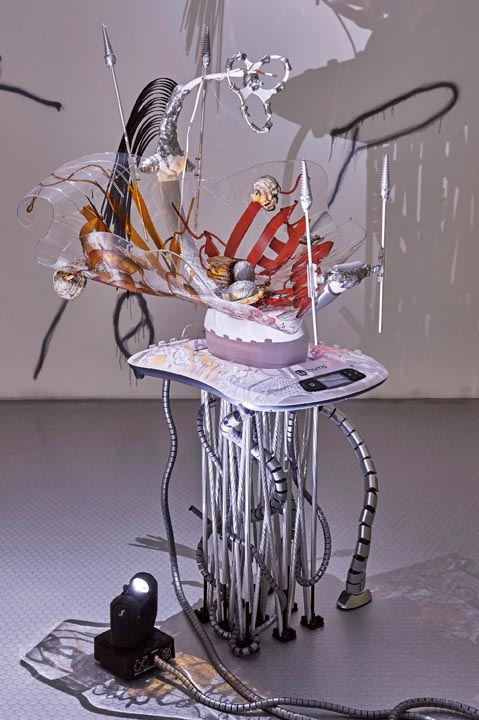OFLUXO
Northern Lights
Curated by Something Must Break
Alta Art Space — Malmö, Sweden
6/09/19 — 8/09/19

Alta Art Space is pleased to open the season with Northern Lights, an exhibition conceived collaboration with Milan curatorial intention Something Must Break.
The project is outlined around the works of seven artists, all based between Denmark, Sweden and Italy, chosen for their ability to describe and portray the contemporary scenario and the concept to which the exhibition refers.
Northern Lights wishes to underline the cultural, artistic and cinematographic tendency of the imaginative impossibility to think about a world that is not destroyed by our own actions. Entirely installed up the roof of the exhibition space, the exhibition will be visible only through the three large windows that overlook it.
The exhibition desires to portray a precise concept, directly linked to the numerous cinematographic tendencies that delineate one’s own gaze towards another dimension, to a dystopic future.

The exhibition wants to represent the visual gateway insideoutside: the window overlooking a hypothetical universe separate and parallel to ours, appeared in front of our eyes right on the roof of the exhibition space (as in Poltergeist happens with the television or the wardrobe).
Although the story appears curious and exciting, the exhibition aims to focus on the fear that a similar event could generate in us: Is this gateway safe? Will it affect our reality, our landscape? The viewer, behind a glass, feels excluded and distant: The exhibition in this regard wants to refer to the possibility that the world can no longer welcome us, and the only way in which we must look (and live) is through a filter, feeling ourselves safe but excluded.
The concept refers to a hypothetical, imminent end of the world or end of civilization, due to some kind of natural or artificial disaster, which often in cinematography begins with more or less premonitory signals, which come from the sky. The exhibition title refers to a light, a natural and sinister event that happens in front of our eyes, and that perhaps wants to be predictive of the future.

“In the final phase of the twentieth century we had the opportunity, previously accessible only through theology or narrative fiction, to see beyond the end of our civilization, to see, in a strange sort of perspective retrospective, how the end would look: like a Nazi death camp, or an atomic explosion, or an ecological or urban wasteland. And if we were able to see these things it is only because they have already happened. “ (James Berger, 1999) The skyline surrounding the building is a demolition site, describing a scenario stopped in time.
The roof instead, often used as a narrative trigger in numerous post-apocalyptic mythologies, is a place where people sometimes takes refuge, to escape the danger that pours between the streets. And it is the roof of Unit 3, one of the protagonist of the Chernobyl disaster, entirely covered with graphite debris from the reactor explosion.
The scenario of a planet ravaged by catastrophes, mainly natural, but linked to the abuse of nature by Man, is a constant in science fiction cinema since the 1990s, when the environmental conscience of the previous decade began to spread in the collective imagination, fueled also by bad news about the ozone hole and global warming.
Science fiction seems to begin to abandon the splatter drift of its apocalyptic strand, but not its passion for futuristic scenarios invariably marked by pessimism. We move from the pure and simple catastrophism to the dystopia closest to the literary science fiction of the 70s. Such pessimism and attraction for future dystopias actually goes back to the mainstream science fiction of the seventies and eighties, when pop culture found itself dealing with a general disillusionment; the optimism and hope of the late 1960s had been swept away when the hippie dream of a new age of Aquarius came face to face with a reality of unpopular wars, civil right suprisings and a thousand new reasons to be suspicious and disappointed in authority: it is no surprise that the future began to become a darker and less inviting place.















Monia Ben Hamouda, Mikkel Carl, Michele Gabriele, Ditte Gantriis, Lucia Leuci, Valerio Nicolai, Matti Sumari
Previous Articles
OFLUXO is proudly powered by WordPress




